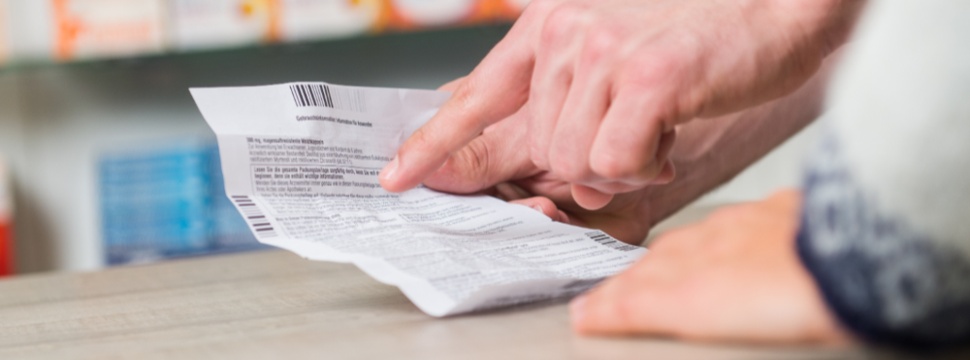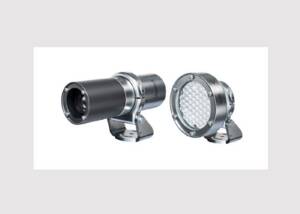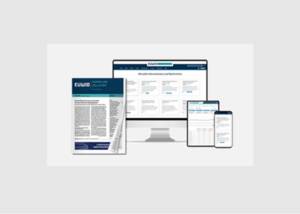Read the digital package leaflet for risks and side effects!
News General news
Every household has a compartment, cupboard or drawer containing medicines. Every cough syrup or pack of tablets comes with a leaflet. An important document that provides a lot of important information, but also causes greenhouse gas (GHG) emissions. A simple and elegant solution can provide a remedy: the digital package insert.

In 2022 alone, more than 1.5 billion package leaflets were produced in Germany, which would be the equivalent of around 37,800 printed football pitches. As it is a legal requirement to supply a printed package insert with medicines, this fact was not scrutinised for a long time. However, the need to achieve greater sustainability through digitalisation is a task that the pharmaceutical industry is also facing up to. A comparative study conducted by the Fraunhofer Institute for Material Flow and Logistics IML and the independent research and consulting institute for infrastructure and health issues IGES Institute has shown what a major impact a simple digital solution such as an electronically provided package insert could have in terms of GHG emissions.
With the support of industry partners, the researchers collected data in order to outline and analyse the entire life cycle of a package insert for the German pharmaceutical market: from the officially approved file to printing and delivery through to use by pharmacies or hospitals. Along this chain, the scientists identified the resource consumption and converted it into GHG emissions. In concrete figures, this means that an average paper-based package insert weighing just under 4 grams generates 7 grams of carbon dioxide equivalents (CO2e).
In contrast, the researchers have also created a model for a digital solution. The file with the officially authorised content is made available digitally and can be called up in a database or directly via a scan code on the medicine pack. This comparatively simple technical solution can save up to 90 per cent of the GHG emissions of the paper-based solution.
This enables advanced forms of patient information with the e-pack leaflet alone or in combination with existing or customised paper-based leaflets.
"This not only offers enormous potential in terms of sustainability, but also benefits the digitalisation of the medical sector. The transition to digital patient information leaflets offers many opportunities for providing patients with better information. And these are also associated with significant savings in GHG emissions," explains Dr Kerstin Dobers, research associate at Fraunhofer IML.
The results of the study will be published in two parts, the first of which will appear in the journal pharmind on 30 November (Pharm. Ind. 85, No. 11, 1-8 (2023)) and will be continued in January 2024.
The study was conducted on behalf of the pharmaceutical manufacturers' associations Bundesverband der Arzneimittelhersteller e.V. (BAH), Bundesverband der Pharmazeutischen Industrie e.V. (BPI) and Verband forschender Arzneimittelhersteller e.V. (vfa) as well as Rote Liste Service GmbH.
The detailed carbon footprint model developed in the study for the German market was converted into a "Carbon Calculator" and published and made available as an online tool by Rote Liste Service GmbH. In addition to the study, pharmaceutical companies can enter their individual data, e.g. on their annual production or sales, and thus obtain information on the GHG emissions of their own package leaflets.










